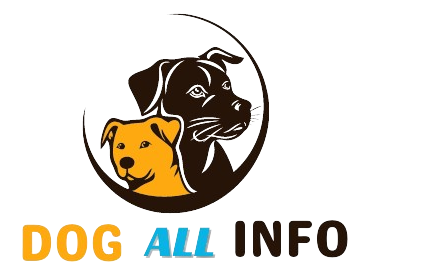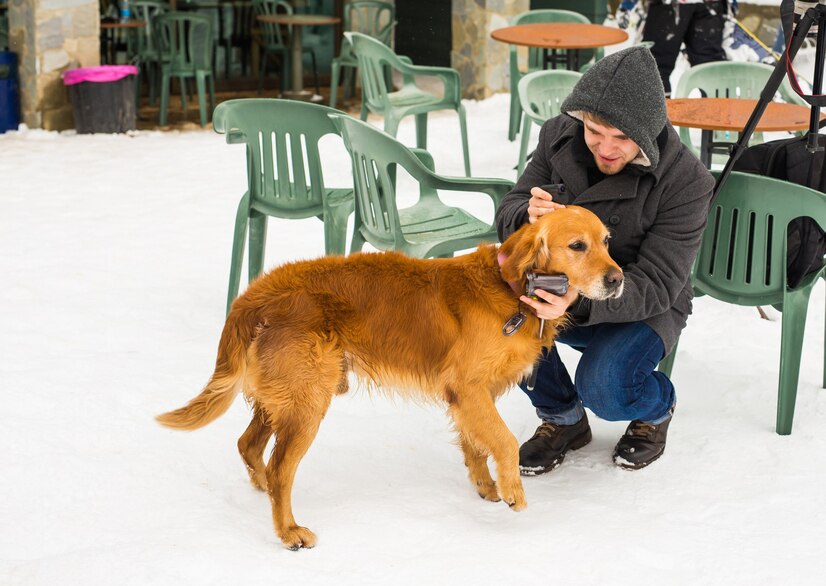Dogs howl when you leave because they feel anxious and lonely. This behavior is a form of separation anxiety.
Dogs are social animals that thrive on companionship. They form strong bonds with their owners and can become distressed when left alone. Howling is their way of expressing discomfort and seeking attention. It can also be a call for their pack to return.
Providing mental stimulation, toys, or a companion can help alleviate this anxiety. Training and gradual desensitization to being alone also prove effective. Understanding the reasons behind this behavior helps address the issue compassionately. This ensures a happier, more secure pet, and a more peaceful home environment.
Canine Communication
Dogs howl when you leave due to separation anxiety and loneliness. This behavior is a way to communicate their distress and seek attention. Understanding this can help in addressing their emotional needs.
Howling As A Natural Behavior
Dogs howl to communicate with others. This is a natural behavior. Howling can express many emotions. Loneliness is a common reason for howling. Some dogs howl to get attention. They may also howl due to boredom.
Different Types Of Howls
Not all howls sound the same. Some howls are long and sad. Others are short and excited. Separation anxiety howls are usually loud. They happen when dogs miss their owners. Alert howls are sharp and quick. Dogs use them to warn of danger.
Causes Of Howling
Dogs feel lonely when their owners leave. This can cause separation anxiety. They howl to express their sadness. Howling is their way of calling you back. They might also chew furniture or dig holes. These actions show their stress and fear. Dogs are pack animals. They need company and feel safer with their family. Leaving them alone makes them anxious.
External sounds can make dogs howl. Sirens, alarms, or other dogs howling can trigger them. They might think these sounds are a signal. Their natural instinct is to respond. They might also howl at loud noises, like thunderstorms or fireworks. These sounds can scare them. Howling is their way to cope with fear. They are trying to communicate with their pack or seek comfort.
Separation Anxiety Symptoms
Dogs may become very restless. They could bark or whine a lot. Some dogs might chew on things they shouldn’t. Others may have accidents inside the house. Destructive behavior is common. They might try to escape. Your dog could also seem very clingy when you return.
Look for panting or drooling. Some dogs may tremble or shake. Others might pace around the house. Loss of appetite can happen. Dogs could also have digestive issues. These include diarrhea or vomiting. Excessive grooming is another sign. They might lick or bite themselves a lot.
Impact On Dogs
Dogs feel emotional stress when left alone. They howl to express their anxiety. This is a way to call for their owner. They may think you are not coming back. This makes them feel scared and lonely. Your dog might also feel abandoned.
Emotional stress can lead to health issues. Dogs may develop digestive problems. They could also have trouble sleeping. Stress can weaken their immune system. This makes them more prone to illnesses. It’s important to keep them calm and happy.
Preventive Measures
Teach your dog basic commands like “sit” and “stay”. Use positive reinforcement with treats and praise. Practice leaving for short times and then gradually increase. This helps reduce separation anxiety. Make sure to stay calm when leaving and returning. Dogs can sense your stress.
Provide a comfortable space for your dog. Use a crate or a specific room. Add their favorite toys and a cozy bed. Play soft music to soothe them. Ensure the space is safe and free from hazards. A safe space helps them feel secure and less anxious.
Coping Strategies
Interactive toys can keep your dog busy. These toys help reduce stress and anxiety. Dogs can play with these toys for hours. Some toys hide treats inside. Dogs love to find the treats. Puzzle toys are also fun for dogs. They make dogs think and stay busy.
Gradual desensitization helps dogs feel safe. Start by leaving the house for short times. Increase the time slowly. This teaches your dog that you will come back. Use calm behavior when leaving and returning. Dogs need to see that leaving is normal. Practice this daily for best results.
When To Seek Help
Dogs may howl when left alone due to separation anxiety. Persistent howling indicates the need for professional help. Consult a veterinarian or a dog behaviorist for guidance.
Professional Training
Professional training can help your dog stop howling. Trainers use positive reinforcement. They teach your dog to feel safe alone. This training makes your dog less anxious.
Veterinary Consultation
A veterinary consultation is crucial. Your dog may have health issues. Vets can check for pain or illness. They may recommend medication or therapy. This can reduce your dog’s howling.
Long-term Solutions
A consistent routine can help your dog feel secure. Feed and walk your dog at the same times each day. This helps your dog know what to expect. Predictable schedules reduce anxiety. Regular playtime can also tire out your dog. A tired dog is less likely to howl.
Positive reinforcement teaches your dog good behavior. Reward your dog with treats when they are calm. Avoid giving attention when they howl. This shows that quiet behavior gets rewards. Training sessions can be short but frequent. This helps your dog learn faster. Using praise and affection can also be effective rewards.
Another Post: Why is My Dog Biting His Leg
FAQ
Why Do Dogs Howl At Night?
Dogs howl at night due to loneliness, anxiety, or to communicate with other dogs.
Can Dogs Sense When You’re Leaving?
Dogs can sense when you’re leaving by observing your routine and body language.
How Can You Stop Your Dog From Howling?
Provide mental stimulation, toys, and comfort to reduce your dog’s howling when you leave.
Conclusion
Dogs howl when you leave due to separation anxiety and instinctual behavior. Understanding their needs helps reduce this distress. Try to create a comforting environment and engage them with toys. Training and patience can make a significant difference. Your dog’s well-being will improve, and their howling will decrease.

